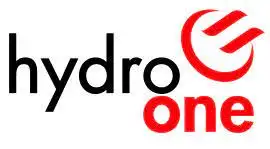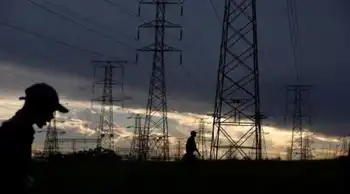Consumers hoard light bulbs before ban
VICTORIA, BRITISH COLUMBIA - Victoria residents are rushing to buy incandescent light bulbs, following a provincial ban intended to phase out certain wattages.
Amid dark days for the incandescent lamps, consumers in the B.C. capital are reportedly clearing shelves of the popular bulbs, even spending hundreds of dollars to hoard them.
"People have been kind of panicky" about the restrictions, a hardware salesperson told the Victoria Times-Colonist newspaper, adding that customers were still confused about which bulbs were being taken off the market.
The prohibition, which took effect January 1, means retailers must sell off all remaining stock of 75-watt and 100-watt incandescent bulbs. Stores are not permitted to order more once supplies run out.
As part of a green initiative, the province is aiming to switch over to using more energy-efficient alternatives such as light-emitting diodes LEDs and compact fluorescent light CFL fixtures.
The CFLs use one-third of the energy of incandescents and last up to 15 times longer.
Incandescents are said to emit only about five and 10 per cent light, while the rest of the energy is wasted producing heat.
Only the 75-watt and 100-watt incandescents are banned for now, although the less popular 40-watt and 60-watt bulbs are expected to come under the ban by 2012.
Canada has banned the sale of traditional incandescent bulbs by next year in order to curb greenhouses gases and reduce energy consumption.
The move towards using compact fluorescents has been met with some resistance and concern from consumers, who worry about mercury content in the bulbs.
Each CFL contains about four mg of mercury, a highly toxic element that must be handled with extreme care. Burned-out CFLs should not be disposed of in the garbage and should instead by recycled.
Related News

Electricity users in Newfoundland have started paying for Muskrat Falls
ST. JOHNS - With their July electricity bill, Newfoundland Power customers have begun paying for Muskrat Falls, though bills haven't significantly increased — yet.
In a July newsletter, Newfoundland Power said electricity bills were set to decrease by 6.4 per cent as part of the annual rate stabilization adjustment, which reflects the cost of electricity generation.
Instead, that decrease has been offset by a 6.1 increase in electricity rates so Newfoundland and Labrador Hydro can begin recovering the cost of Muskrat Falls, the $13-billion hydroelectric megaproject that is billions over budget and years behind schedule.
That means for residential customers, electricity rates will…




